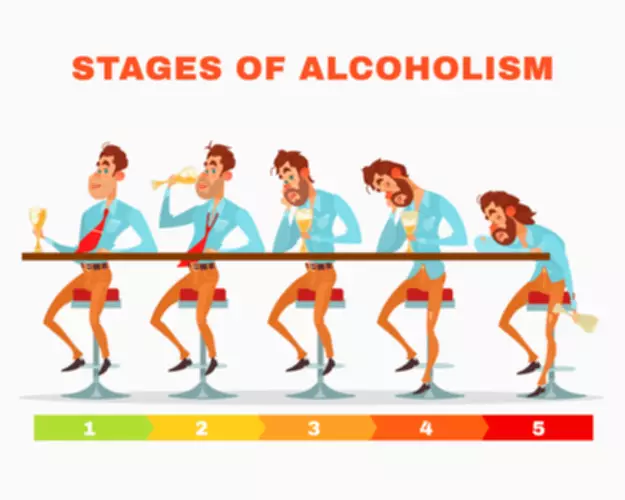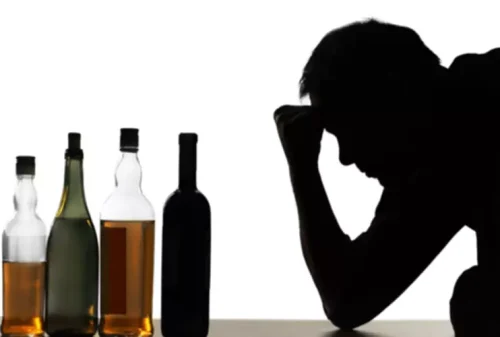
This comprehensive method is crucial for achieving long-term sobriety and preventing relapse. Joining support groups such as AA provides a community of individuals who understand the challenges of alcohol addiction. Ongoing counseling helps address underlying issues and develop strategies to prevent relapse. Another study found that individuals who experience a major life stressor, such as a divorce or job loss, are also at higher risk for relapse. In fact, researchers found that individuals who experienced a significant stressor were 2.5 times more likely to relapse compared to those who did not. Understanding these different types of alcohol relapses can help individuals in recovery prepare for potential setbacks and stay motivated on their journey towards sobriety.

Benefits of Early Intervention in Mental Health
Alcohol relapse is defined as a return to alcohol use after a period of sobriety. It is a common occurrence in addiction recovery, and can happen for a variety of reasons. Some individuals may experience triggers that lead them to drink, while others may simply struggle with the day-to-day challenges of living a sober life. Most common reasons cited for relapse in both the groups was desire for positive mood Table 4, followed by sleep difficulties and negative affect in alcohol dependence and craving and sleep difficulties in opioid dependence. Emotional state contributed to a relapse precipitant in 76%–80% of the subjects in both the groups.
Psychological Effects of Addiction
Two important related issues involve identification of predictors of short-term remission and subsequent relapse among remitted individuals, and specification of differential predictors of remission and relapse for treated versus untreated individuals. One primary concern in addiction treatment is the high rate of relapses within a short period after even the most intensive treatment. Additionally, outside of individuals in the criminal justice system, the participation in specific interventions (i.e., Alcoholics Anonymous participation or drug screens) is voluntarily making it difficult for providers and researchers to measure effectiveness.
- This leads to poor relapse prevention strategies in different rehabilitation centresers.
- While relapse is a normal part of recovery, for some drugs, it can be very dangerous—even deadly.
- Socio-demographic variables that were used include age, gender, marital status, education, residence, religion, occupation, and parental status.
- Rates of substance use, addiction, and related issues vary by age, gender, ethnicity, and other demographic classifications.
- For those who prefer to text rather than talk, text assistance is also available.
Most Common Causes of Alcohol Relapse
- Short-term relapse rates are highest within the first year of recovery, with a significant drop-off in subsequent years.
- Undergoing detox alone can cause issues, and anyone trying to get clean should explore our options for supervised medical detox services.
- Recovery is characterized by continual growth and improvement in one’s health and wellness while managing setbacks, which are a natural part of life.
- Specifically, participants were contacted at 1-month, 3-months, and 6-months following study participation via telephone.
In a national three-year study that surveyed people trying to recover from alcoholism, 38 percent of individuals with minor alcohol problems and 30 percent of people with moderate or severe alcohol problems were able to quit drinking. People who had severe addictions to alcohol or co-occurring disorders were less likely to successfully quit. The general relapse rates for substance use disorders in the United States range from 40% to 60%. This is comparable to the relapse rates of other chronic diseases like hypertension and diabetes. The addiction treatment community as a whole will benefit from the understanding that no matter the quality of care that a given facility can offer patients struggling with alcohol use disorders, relapse is inevitable. The most common causes of alcohol relapse are alcoholism relapse rate similar to other substances, but with an important exception.


In addition to age, rates of recovery or remission of AUD symptoms vary https://ecosoberhouse.com/ by gender and race/ethnicity. In the Fan et al.7 replication of Dawson et al.5 using NESARC-III data, female gender predicted both abstinence and low-risk drinking. Addiction is a chronic and relapsing disorder that affects millions of individuals in the United States. Despite advancements in treatment and recovery support, relapse rates for various substance use disorders remain high.